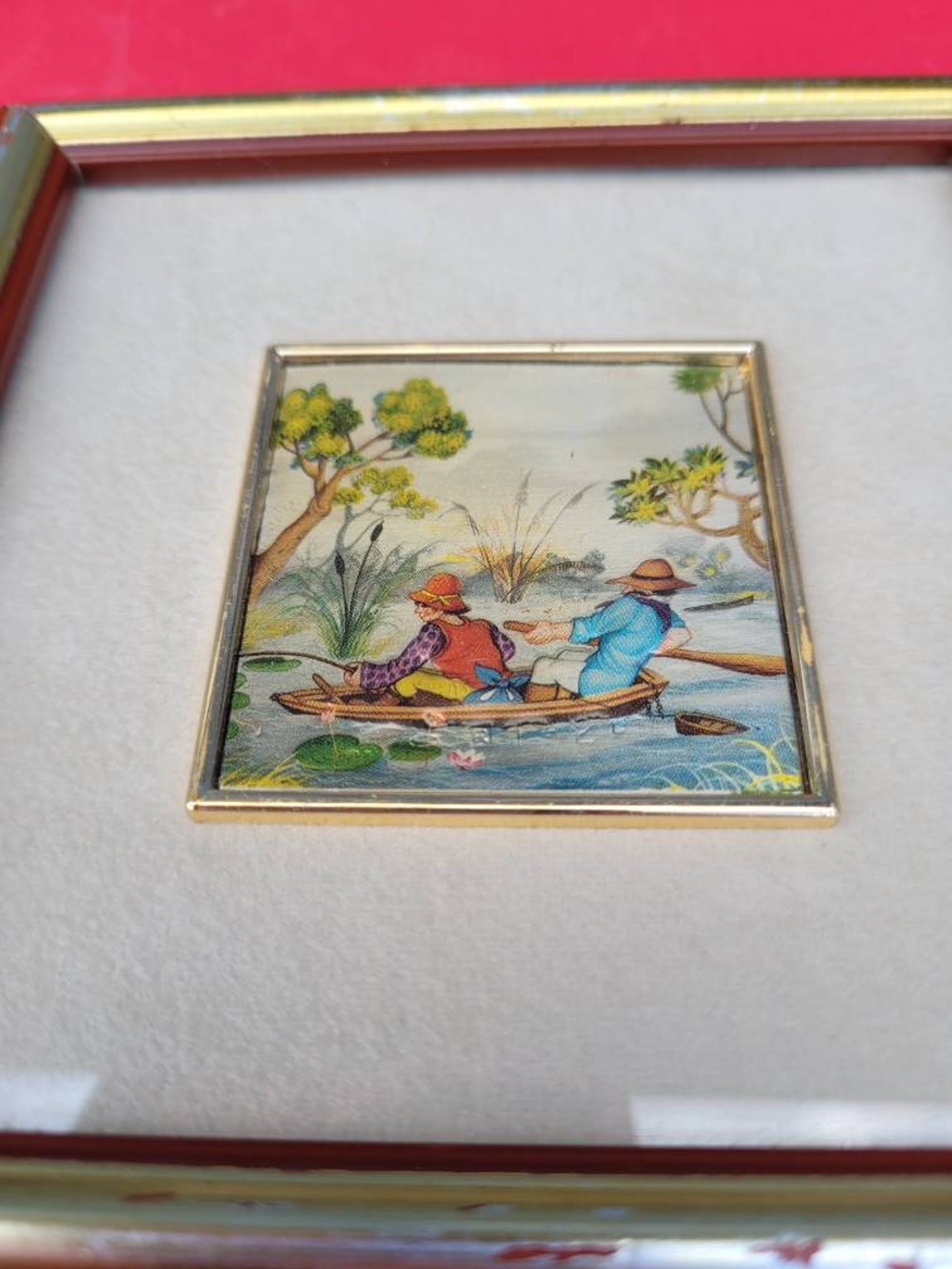

Turn left and head south to the Blythe Intaglio entrance, on the west side of the highway. This road takes you across the Colorado River to the California Highway 95. Continue to Agnes Wilson Road and turn right again. From Parker, AZ, take Highway 95 to Mohave Road and turn right. You can access the site from the south by driving north of Blythe, CA along U.S.

Protective fencing was installed in 1974 and today a secondary fence keeps vehicle to the main road, well away from the fragile art. Those tracks can be seen in another photo taken 50 years later. Historic photo of Blythe geoglyphs from interpretive panel.Īfter the intaglios were first photographed in 1932, they were damaged by off-highway vehicle traffic. It is one of the most well-known geoglyph sites in the country. They are thought to be over 1,000 years old. The Blythe Intaglios site is listed on the National Register of Historic Places. What do you think this glyph is… snake… or…? (Photo: Megan Kopp) Protecting the Past If it is a serpent, it is something of my nightmares, measuring 23 feet long. Below the animal figure is a spiral figure that some interpret as coiled snake. The animal stretches out over 54 feet in length, with 26-foot long legs. Mountain lion geoglyph at Blythe… or is it a horse? Interpretations vary. Local Native American mythology includes the mountain lion who changes into a person and helps the Creator with the earth. While their interpretation is up for debate, it commonly believed that the animal figure is a mountain lion. Slightly downhill from the large human figure is another fenced area containing two images. Today all that remains of this path is the part that is inside the fence.

Original photos showed a circular path, measuring 131.2 feet in diameter, that enclosed the upper half of the figure, crossing the middle of its legs. Measuring 102 feet from head to toe, it has an arm span 64.9 feet. Its arms are outstretched and its feet point outward. The first is a human figure and it is oriented north-south with its head pointing toward the south. There are three, chain-link fenced areas to explore on two low mesas above a juniper-laden wash. Massive and mysterious desert art (Photo: Megan Kopp) There are literally hundreds of anthropomorphic geoglyphs found in the southwestern United States, but the Blythe geoglyphs are exceptionally large and easy to access. The Blythe intaglios are sometimes referred to as North America’s Nazca Lines – after the famous figures found south of Lima, Peru. In this type of rock art, an image is created by scraping away or compressing the upper surface layers of the desert floor.ĭid You Know? Geoglyphs can be found in many countries around the world – including Australia, Britain, Chile, Kazakhstan, Peru, and Scandanavia. Intaglio (pronounced “uhn- tal-yow”) is a printmaking process where a design is made by engraving or incising the surface so that the image is depressed in relief below the original surface. The name “intaglio” refers to a specific type of geoglyph. BLM signs help interpret the Blythe geoglyphs (Photo: Megan Kopp) So, what are geoglyphs? The BLM sign at the entrance to the Blythe intaglios says that they are “ giant figures made on the desert floor by ancient man.” And that’s pretty much what a geoglyph is – it’s a human-like, animal-like, or geometric image created on the ground. After a bit more research, we eventually found two more relatively close sites worth investigating. It was on our route – or could easily be with a little re-direction. We quickly learned that the Blythe Intaglios are located near the town of Blythe in eastern California, as well as the fact that they were open to the public. A quick Google search gave us some basic knowledge about geoglyphs and intaglios. So many questions, time for some answers.


 0 kommentar(er)
0 kommentar(er)
